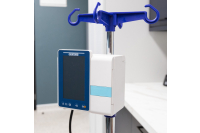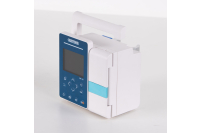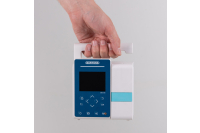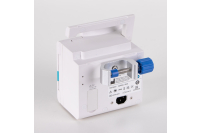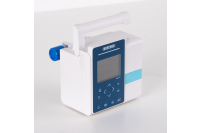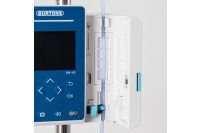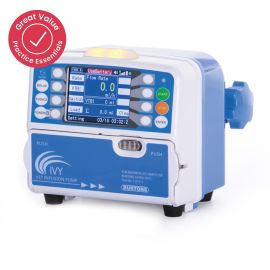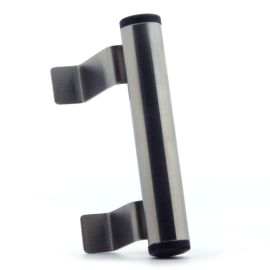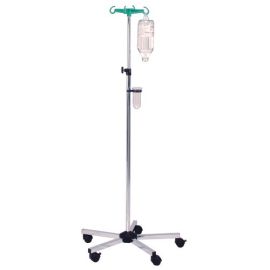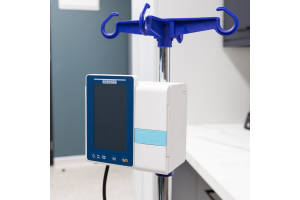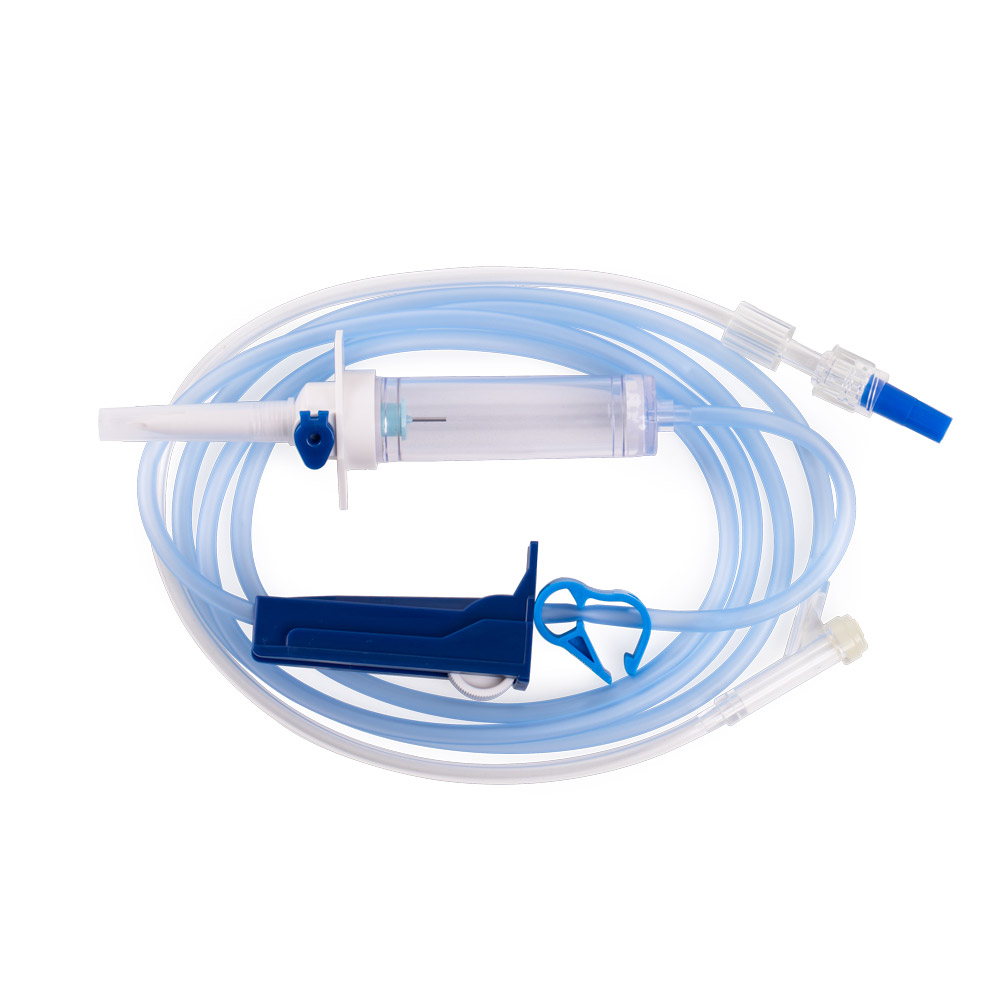
Why Calibrating Your Infusion Pump (and Choosing the Right Infusion Line) Matters in Veterinary Care
In the fast-paced world of veterinary medicine, precision can mean the difference between recovery and complication. One of the most overlooked—but critically important—areas of precision is infusion therapy. Whether you're delivering fluids, medications, or anesthetics, calibrating your infusion pump and understanding the differences in infusion lines can directly impact patient safety and outcomes.
???? Why Calibrate Your Infusion Pump?
An infusion pump that is out of calibration can:
-
Deliver incorrect dosages
-
Compromise fluid therapy plans
-
Cause under- or overhydration
-
Mislead your monitoring efforts
Veterinary patients—especially cats, small dogs, and exotics—are particularly sensitive to inaccuracies. A few milliliters off per hour might not sound like much, but for a 2kg patient, it can be significant.
???? Regular Calibration Ensures:
-
Accurate volume delivery
-
Compliance with manufacturer standards
-
Early detection of pump malfunctions
-
Prolonged equipment life
Most manufacturers recommend annual calibration by a certified technician, though high-usage clinics may benefit from biannual checks.
???? Infusion Line Differences Matter Too
It's not just the pump—the type of IV line you use directly affects flow rate, resistance, and even compatibility with certain drugs.
Common Types of Veterinary Infusion Lines:
| Infusion Line Type | Use Case | Notes |
|---|---|---|
| Standard Macrodrip (10–20 drops/ml) | Large animals or bolus therapy | Higher flow rates |
| Microdrip (60 drops/ml) | Small dogs, cats, exotics | More precise control |
| Extension Sets | Useful in surgical settings | Reduces handling risk |
| Pressure-rated Lines | For high-pressure delivery systems | Ensure compatibility |
| Non-DEHP Lines | For chemo or certain meds | Reduces chemical leaching |
⚠️ Pro Tip:
Even two identical-looking lines from different manufacturers can behave differently. Always test new line types with your pump—or better yet, calibrate with the exact line type used in practice.
???? Real-World Example
A 5kg terrier receiving a CRI of fentanyl and lidocaine through an uncalibrated pump was under-dosed for 12 hours due to a faulty line calibration. Once corrected, the patient's comfort improved significantly within 30 minutes. Small mistakes add up.
✅ Best Practices
-
Schedule regular pump calibrations
-
Train staff on line compatibility
-
Label line types clearly
-
Document pump and line pairings for critical cases
???? Final Thought
In veterinary medicine, accuracy isn't a luxury—it's a responsibility. Regular calibration and thoughtful line selection aren't just technical tasks—they're part of delivering gold-standard care to every patient, every time.


